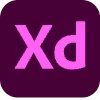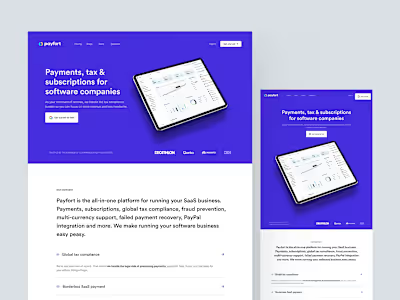Cloud-based Platform Design For Healthcare Givers And HMOs
Overview
Nucleus intends to build an efficient cloud-based health care value-chain across an Enterprise Resource Planning and mobile application touch points. The business target is to provide affordable health insurance for all Nigerians and as well help HMOs scale. These are the defining motives behind the project.Key proposition is to provide a cloud-hosted ERP for HMOs and Providers among other features such as:
Complete process automation
Analytics and reporting
Instant data exchange between hospitals and enrollees
Fraud elimination
This outcome of the project was an agile and intuitive system that HMOs and care providers can both operate to provide seamless healthcare services to their clients.
Problem Statement
Health insurance is an important mechanism to prevent financial hardship in the process of accessing health care. 180 million (out of 200 million) Nigerians do not have health insurance. One of the major reason being that the industry itself has found it difficult to scale and serve people affordably due to being plagued with unnecessary complexities and fraud.
User Research
Prior Assumptions
Nigerian, between the ages of 25 and 60, do not have the personal habit of check ups as they regard this as a thing of affluence.
Majority of Nigerian who are have health insurance are mandated by their company policy who register them to various HMOs without proper documentation.
Most Nigerians, even after being registered to HMOs, seldom make use of the service.
HMOs are grappling with the lack of willingness of Nigerians in engaging their services.
Through my user interviews, I found out more qualitative data, which helped us ideate the solutions better. I sorted my findings based on key pain-points, frustrations, motivations, and goals. My key insights were:
Key frustration:
No standard governmental policy. Health Insurance policies differ from employer to employer and there are no set standards of benefits to be received.
Key pain point:
Many patients find it tedious to look for information about their own health benefits and how to claim insurance.
Key behaviour:
Many patients find it tedious to look for information about their own health benefits and how to claim insurance.
Other pain points:
Significant loss to fraud as well as data and technology required for healthcare value chain to scale are unavailable.
Project Planning
Iteration
Right after the research and wireframe phase, we were presented with some challenges in the execution of the project. Primarily, we realized that for a successful outcome we needed to find a way to tame the complexity. To achieve this, the team members (designers and developers) along with the project manager and other stakeholders decided to divide the project into manageable phases. After much deliberation we arrived at a conclusion and adopted an Iteration Planning Approach. This approach ensured that a set of specific objectives are accomplished and potential risks are uncovered and addressed. Some of the benefits this approach afforded us was:
a layered modular platform that is connected at the core
an agile and robust cloud-based system for safe and secure data management
layered planning that is scalable and empowered the team to focus on the key goals, measurements, milestones, and controls that enable effective project management
Iteration
Wireframe
To visualize the solution as an ERP platform, I started putting my thoughts into pen and paper sketches. I designed a basic structure of the platform to visualize flows and CTA’s, and some UI inspirations I could play around with.
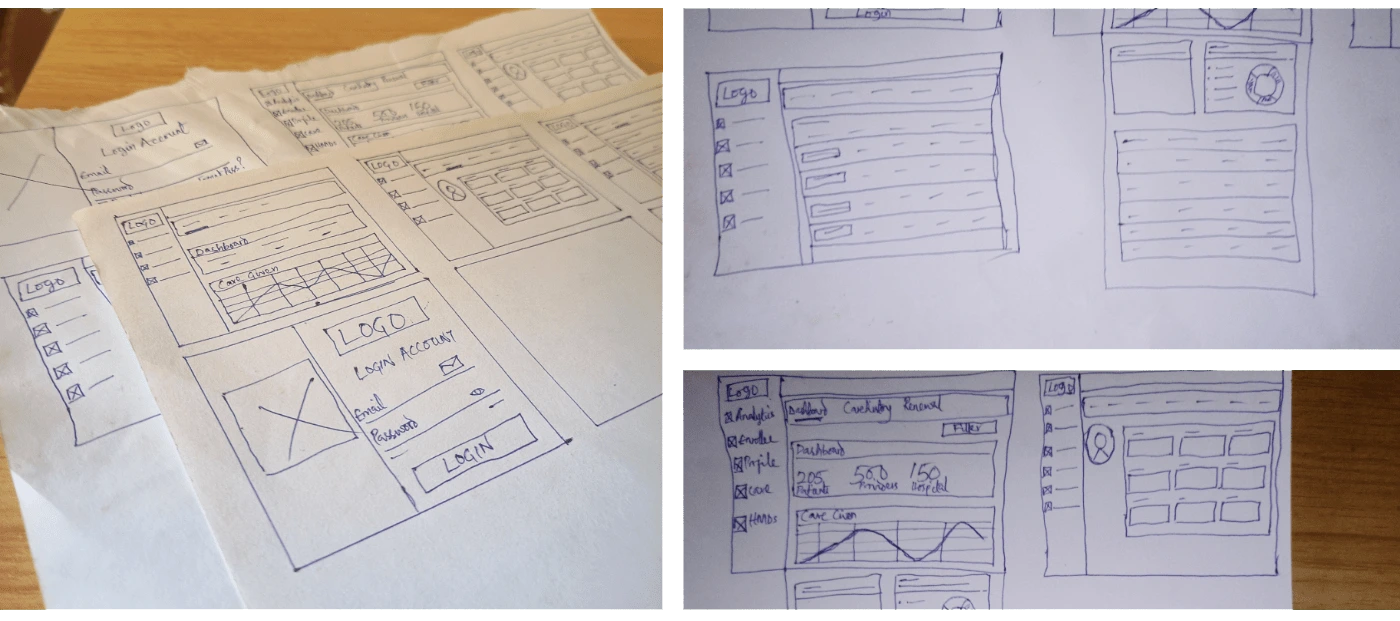

I ran usability tests on some low-fi sketches, which led to our first version of a mid-fi prototype. After gaining approvals from the product managers, I proceeded to the next phase.
High Fidelity
After gathering all the necessary data from our research, we realized that we needed to find a way to tame the complexity of the platform to ensure an optimized system. Consequently, we divided the platform up into four different modules, i.e.
Administration Module
Corporate Module
Hospital Module
HMO Module
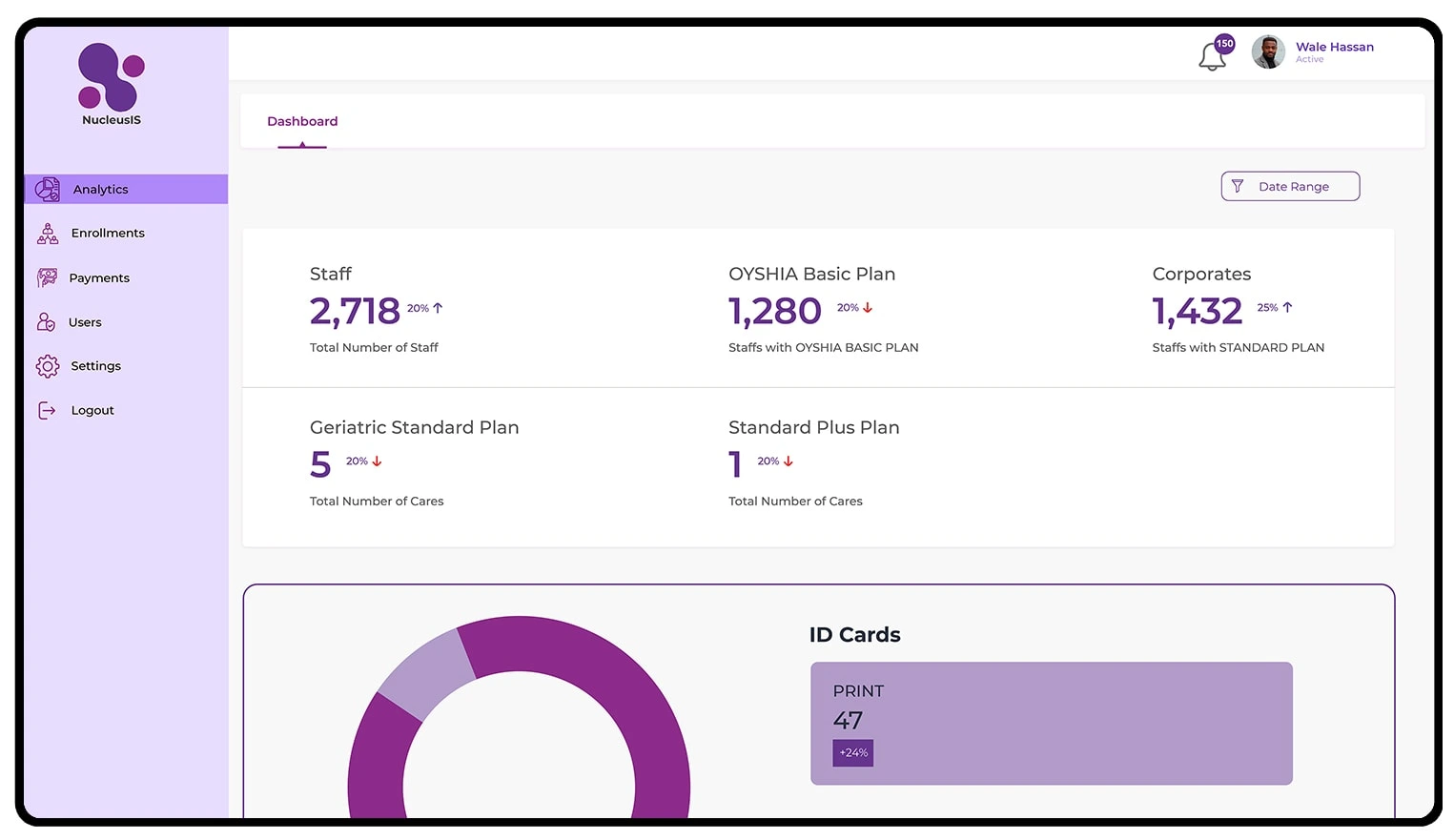
Corporate Module
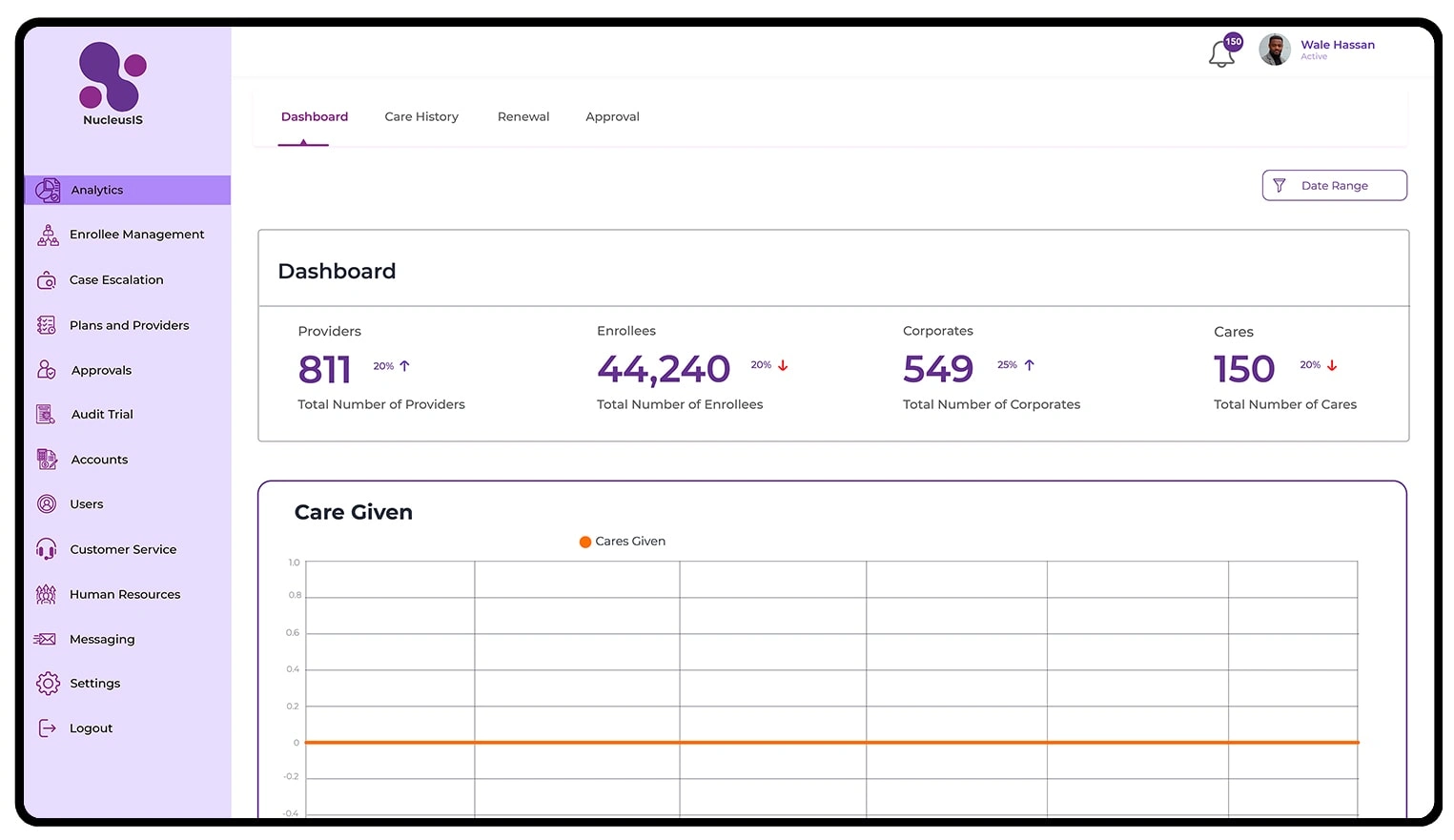
HMO Module
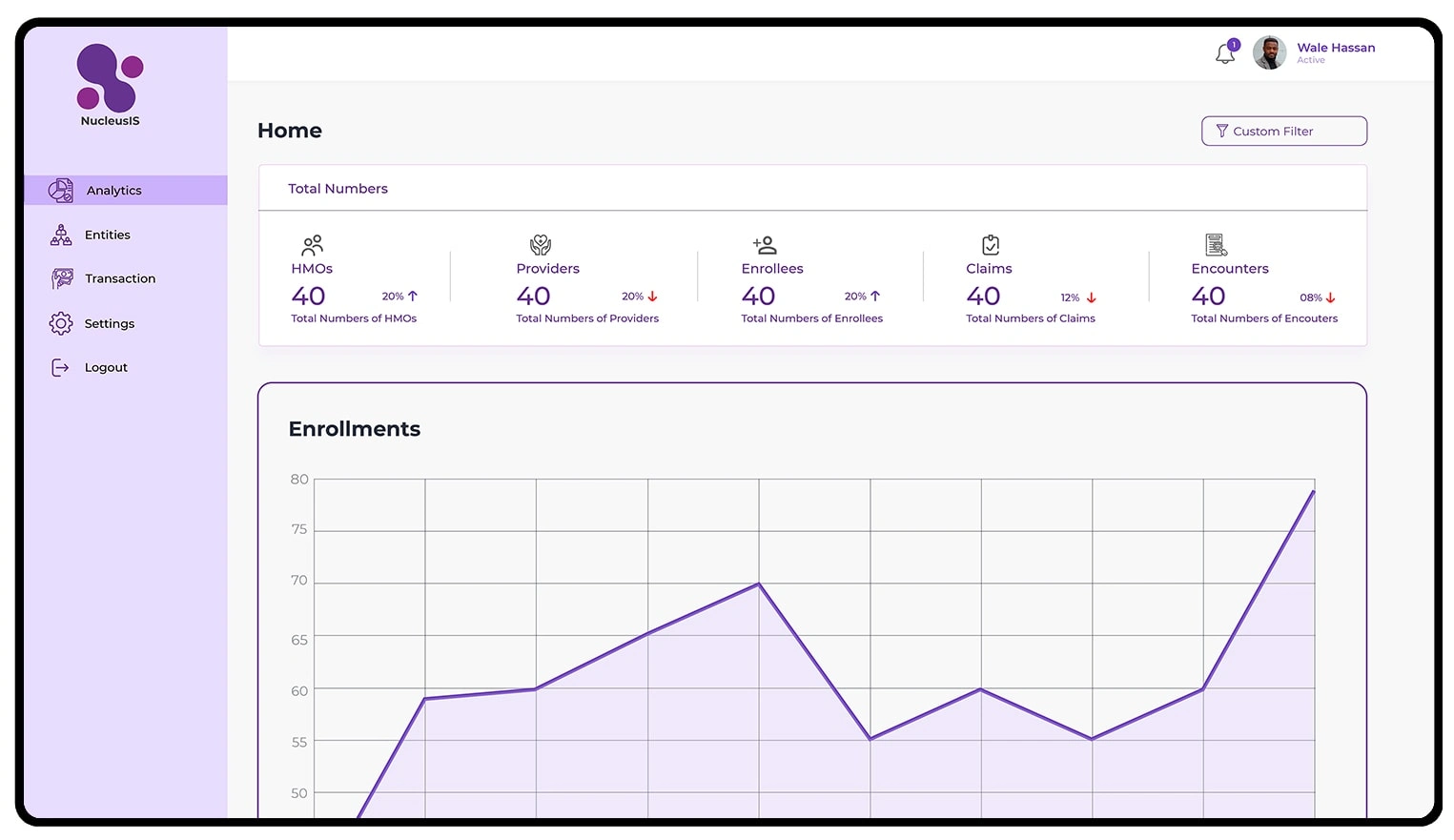
Administration Module
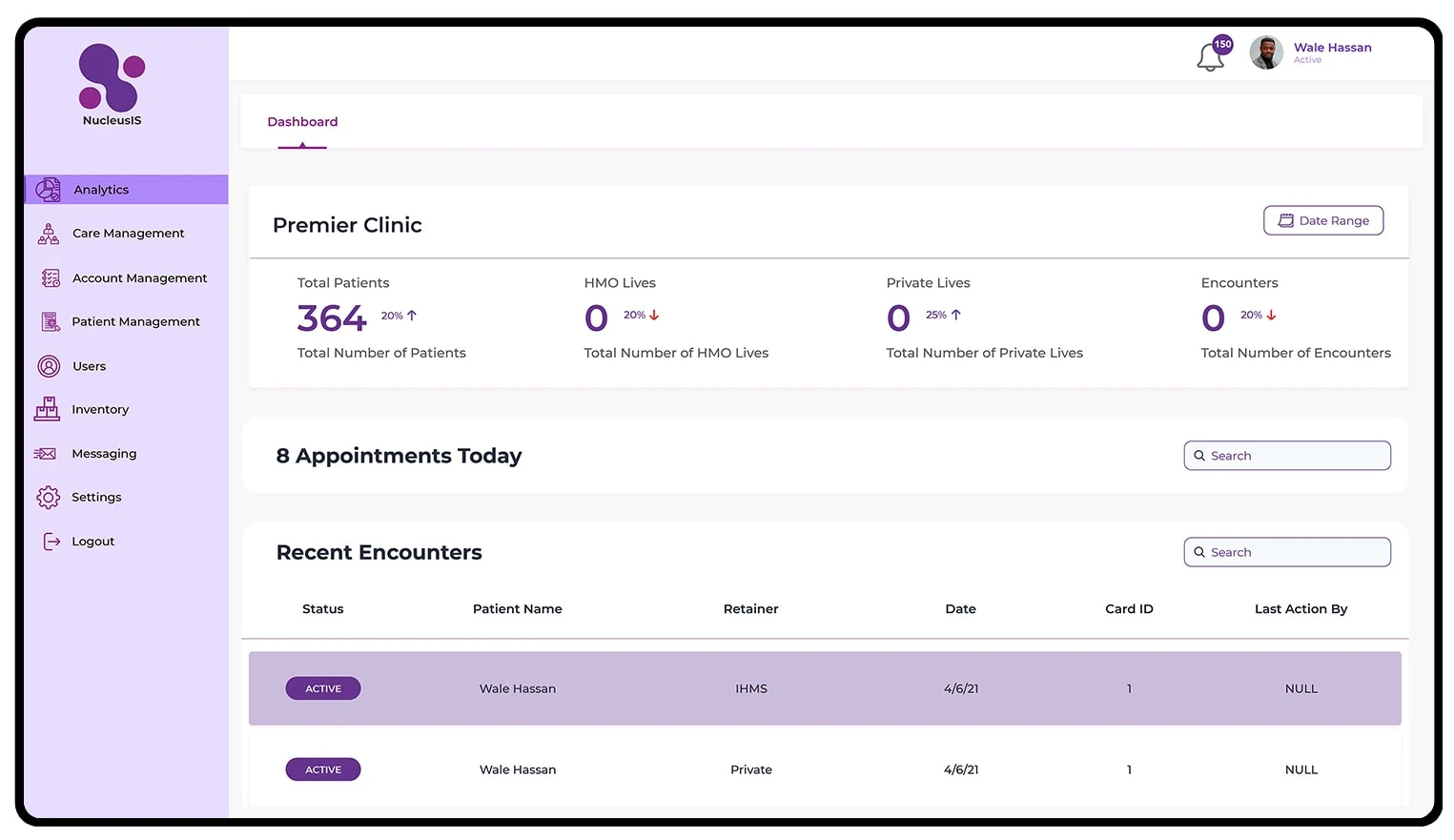
Hospital Module
An essential part of the platform are the statistics. Authorized users are welcomed with key information such as performance trends, potential problems and other data to help track their main strategies and goals via KPIs in real-time. This aims to ensure efficiency and inform decision making processes.
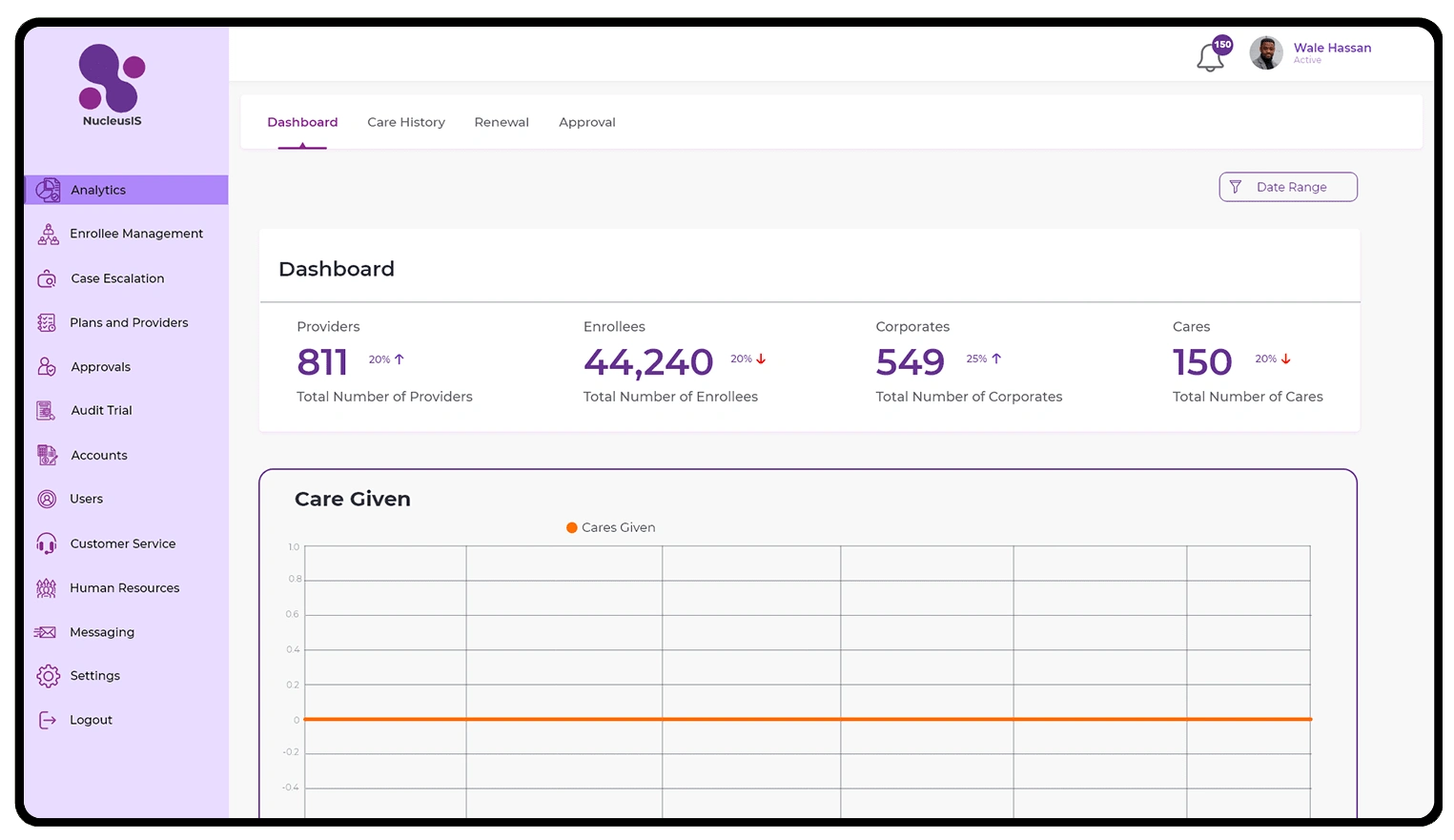
We adopted a minimalistic approach that balances out the system's complexity and thus enhance productivity. This was achieved with an intuitive interface design that gives access to important data, clear navigation, and the ability to drill down and get more details if needed, at a glance.
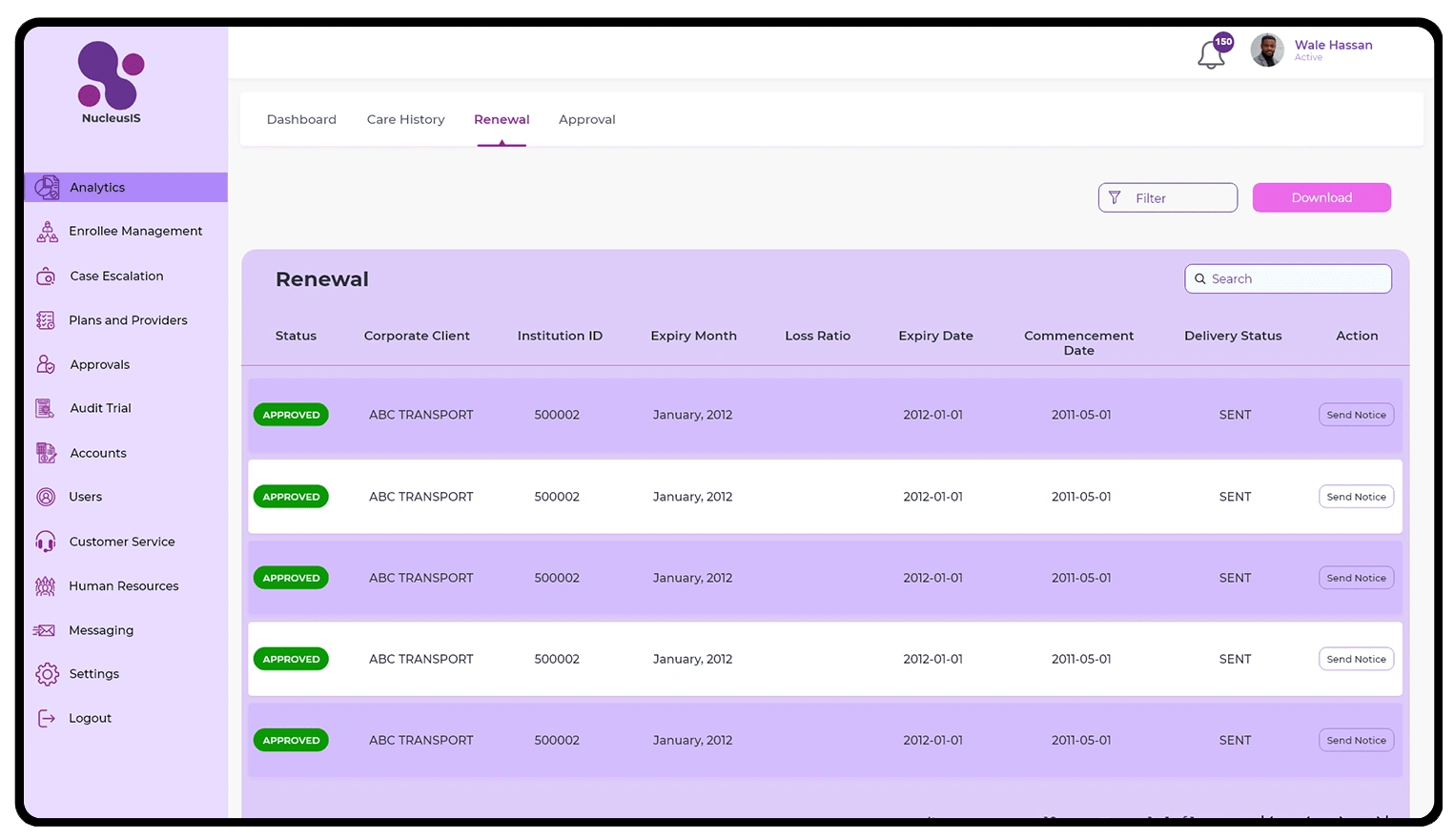
Care providers can easily validate enrollees within the HMO network. The cloud system stores all vital data that ensures necessary referrals are made to the right client. This is an essential process as it helps with proper documentation and prevents possible backlogs.
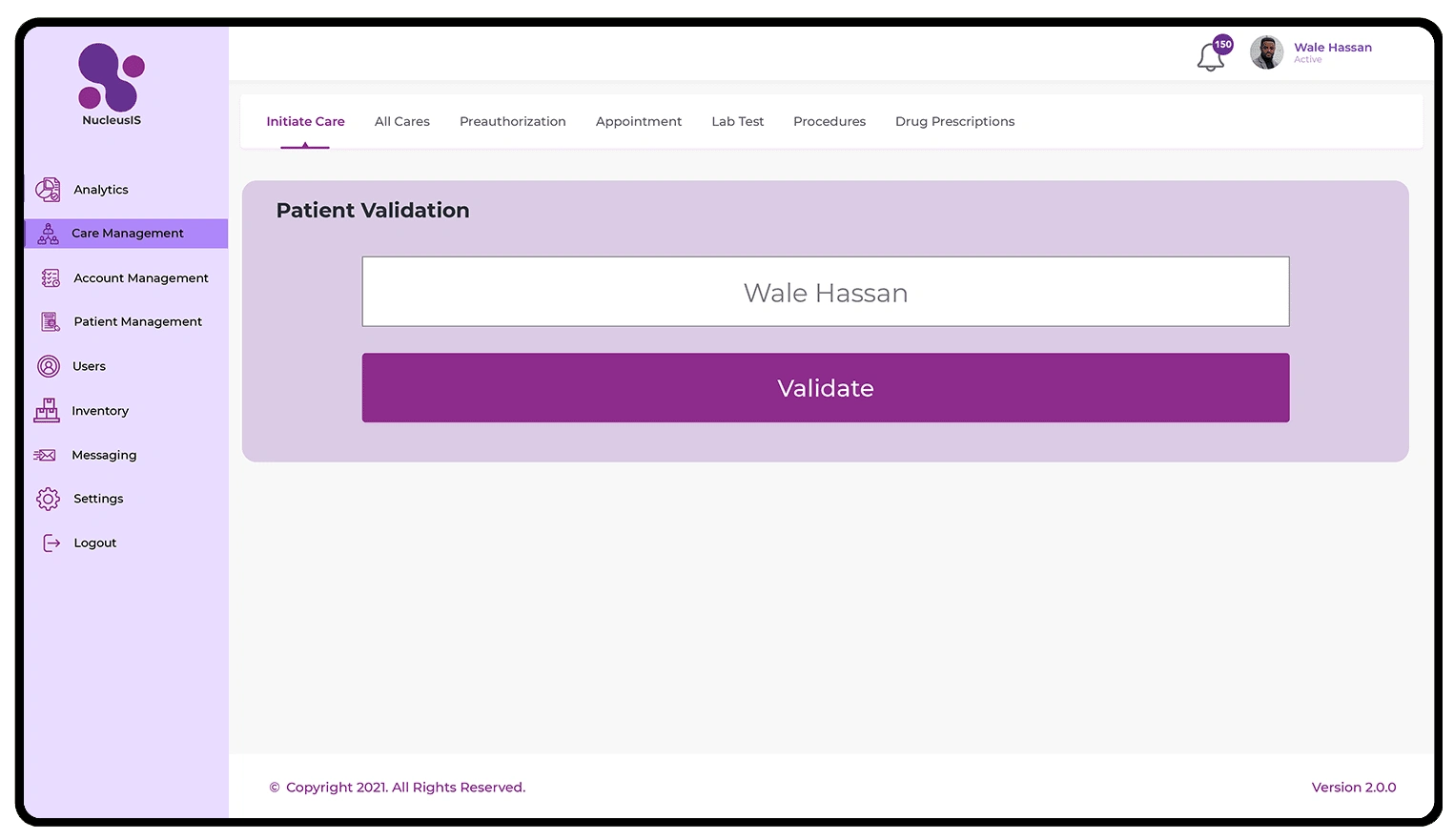
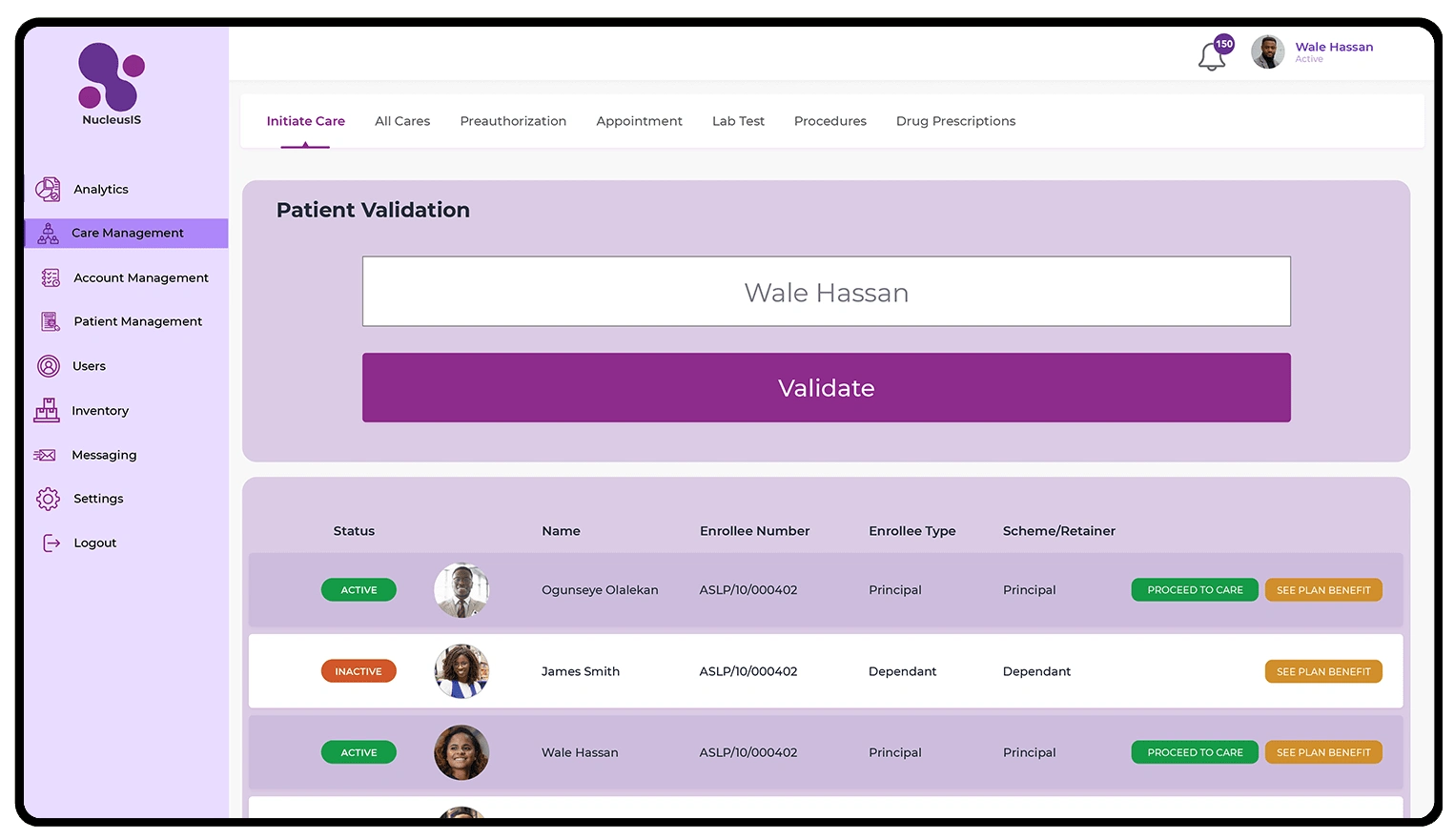
Milestone & Conclusion
At a glance we have

After an exciting execution of the first phase of the project we were able to record some tremendous milestones in a matter of a year and the half of its inception. Some of our notable feats include:
We became the first technology to be licensed in Nigeria by the National Health Insurance Scheme
We managed 20% of the total insured lives in Nigeria.
We were selected by the prestigious Startup boot camp accelerator as one of 10 African startups for the 2021 cohort.
Based on this success story, we were able to make clear projections and draw paths for a future roadmap. Our plan on expanding to the status industry leader with international campaigns and global partnerships.
Like this project
Posted Apr 4, 2023
My responsibilities spanned across user interface design, user research, information architecture, wireframing, prototyping and collaboration with developers.



